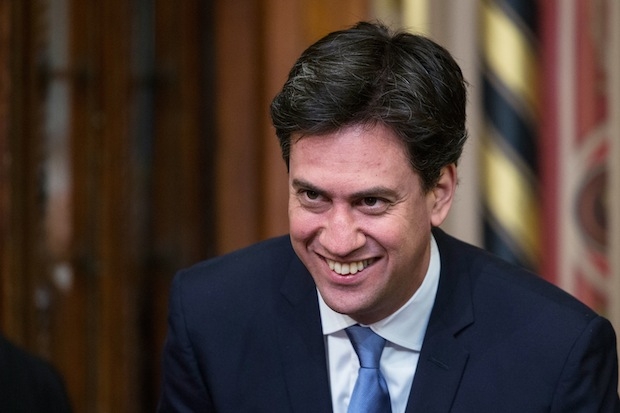You won’t catch Ed Miliband or David Cameron admitting that their best hope of governing after 2015 is in a coalition or a minority government. But what if their party machines have already decided that this is what’s going to happen anyway? There are secret discussions within the Labour party about scaling back the number of ‘target seats’ (the seats that it will pour the most resources into in order to win – full list here) from the official list of 106 to 80, or even just 60, which means that some in Labour think it is better to aim to be the largest party rather than out-and-out victory. I explain why party officials think this is wise and what Ed Miliband could do to stop it in my Telegraph column today.
This pruning of the key seats list could happen quite subtly: there is no need for a new list of 60 or 80 seats to be published. What would be more likely is that Labour HQ decides to move organisers it has funded from constituencies who rank below the cut-off point on the new list to those that are higher than 60 or 80 or wherever the axe falls.
Senior Labour sources are insisting that they are ambitious about their target seat plans. But even when it was being drawn up, HQ staff were raising concerns, and when he was campaign co-ordinator, Tom Watson pushed for 87 seats as the most realistic target in a paper in 2012, not the 106 that the party then settled upon. So perhaps scaling back the list is a sensible recognition that spreading resources too thinly could damage the party’s chances of winning those seats. But the closer the pruned-back list gets to 60, the more pessimistic HQ staff are about Ed Miliband’s ability to secure a majority.
P.S. HQ staff are apparently also quite pessimistic because of a new seating plan in their offices which one source tells me is ‘causing chaos’. Parties are obsessed with their seating plans for their headquarters: Grant Shapps reorganised the CCHQ layout almost as soon as he started as party chairman.







Comments